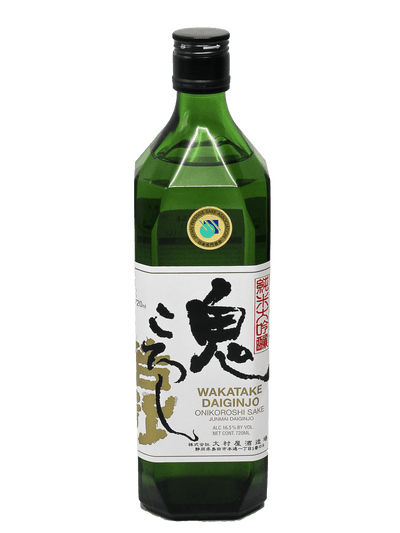Wine Bottles Big & Small: Should You Consider Half Bottles, Magnums, or Both?

There’s good reasons for adding both half bottles (375 ml) and magnums (1.5 liters) or larger sizes to your wine purchases (or collection), depending on how you will serve the wine. The bottle size, in fact, affects how wines age in bottles stoppered with corks. Screwcaps and other air-tight closures prevent any air from infiltrating, which is the key element to consider if you are buying wine to store. This minute air intake into the air space left in a corked bottle (known as ullage) is about the same whether you have 375 ml, 750 ml, or 1500 ml of wine inside.
The common wisdom is that wine in magnums or larger sizes age better and longer, preserving the youth and relative freshness of the wine. Primary aromas and flavors are likely to last longer. Larger formats also serve perfectly for entertaining, so you are only opening one bottle instead of two for all your guests (or at least opening fewer bottles). This ensures everyone get the same wine and lowers the chance of having cork problems (like fragile corks, spoiled wine, or cork taint). Of course, if a magnum has a cork problem, then double the amount of wine is badly affected!
Magnums are also great showpieces, for decoration, and travel better since they feature thicker glass generally of a darker color then 750 ml bottles.
Restaurants with good wine programs often have by-the-bottle wines in a variety of sizes. A half bottle is perfect for a lunch for two (or one) when you don’t want to consume too much. Magnums are great for larger tables. Dessert wines are also often bottled in half sizes, and these will generally last for a long time. This type of best white wine is perfect for giving a taste of fruity sweetness wines to guests accompanying a favorite dessert!
Since the air-to-surface ration in a half bottle is double that of a regular bottle, wisdom dictates you shouldn’t buy half bottles for ageing, but they come in very handy for the right occasion within, say, three years of purchase for whites and five years for reds.
Although just about everyone agrees that wine ages better in magnums, Wine Spectator recently pointed out this is not a proven fact. Famed Master of Wine Jancis Robinson believes in the age-worth potential of magnums, but says this may not always be the best strategy if you don’t want to wait 10 or 20 years to try your wines at their peak. “As I get older, I become more impatient and would be delighted if all the wines in my cellar aged twice as rapidly as they are likely to,” writes Jancis. She notes: “In fact, it’s rather tempting to seek out half bottles deliberately”
A blind tasting by Decanter confirmed the conventional wisdom about larger formats. John Stimpfig says that with red wine in magnums, “the colour should be deeper and darker, and aromas should be fresher and less evolved.” He tasted five wines of different vintages from 1985 to 2009 in both regular and magnum sized bottles, predicting, “the fruit on the palate should be more primary and the tannins should be a touch more muscular than in the standard bottle.” His conclusion? The forecast was correct.
Bottle Barn has both half bottle and magnum options, which you can easily find under the “Featured: Unique Features” tab on the website. Consider the 2014 Far Niente Dolce Napa Valley Late Harvest in the dessert wine category. For magnums, there is the 2015 Bruno Colin Puligny-Montrachet Premier Cru - La Truffiere and the 2004 Crane Vineyard Cabernet Sauvignon plus a lot more selection. Champagnes, for example, are perfect to buy in magnum sizes for celebrations and entertaining! You can order wine online anytime from the website!
Written By: - Charlie Leary


















Leave a comment